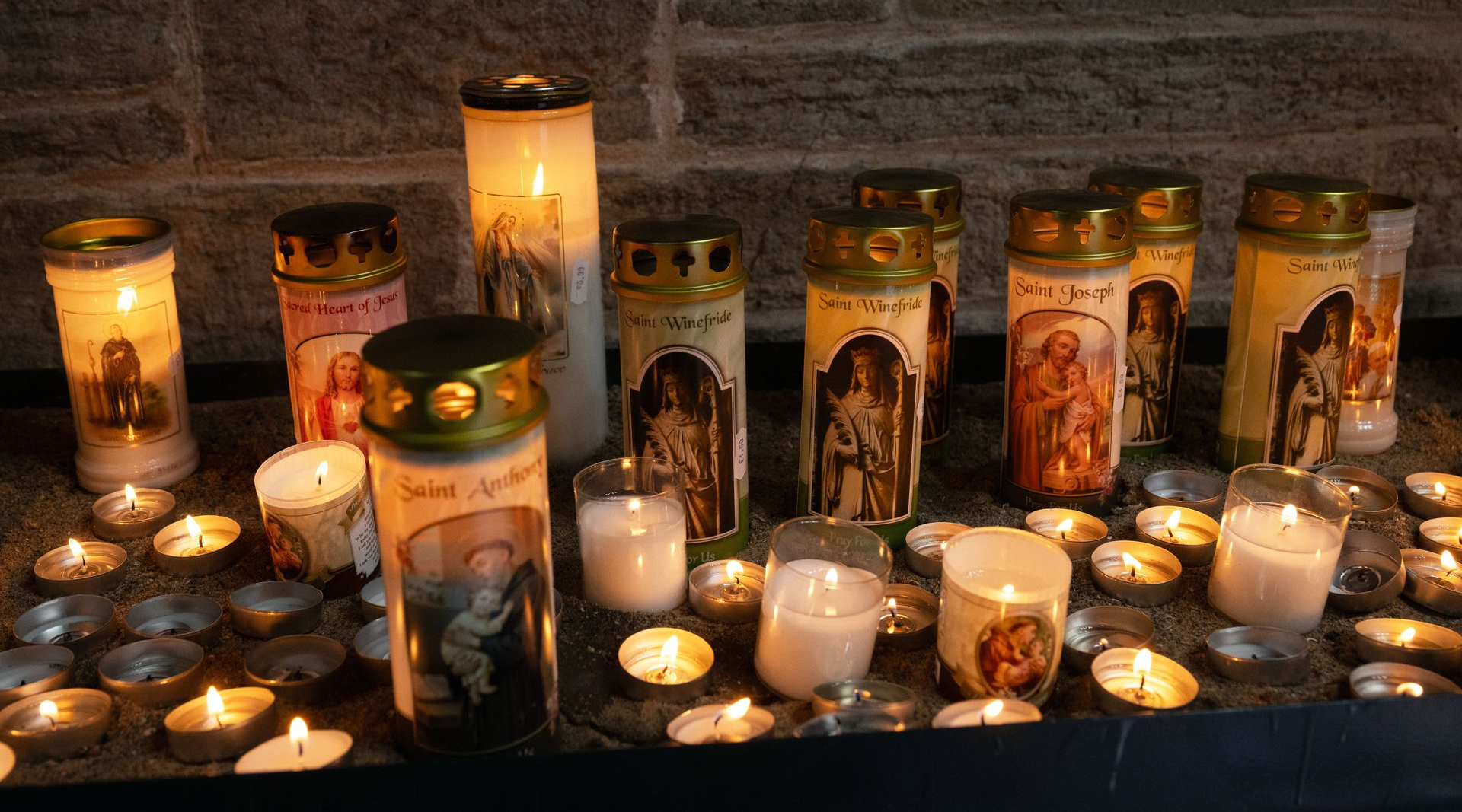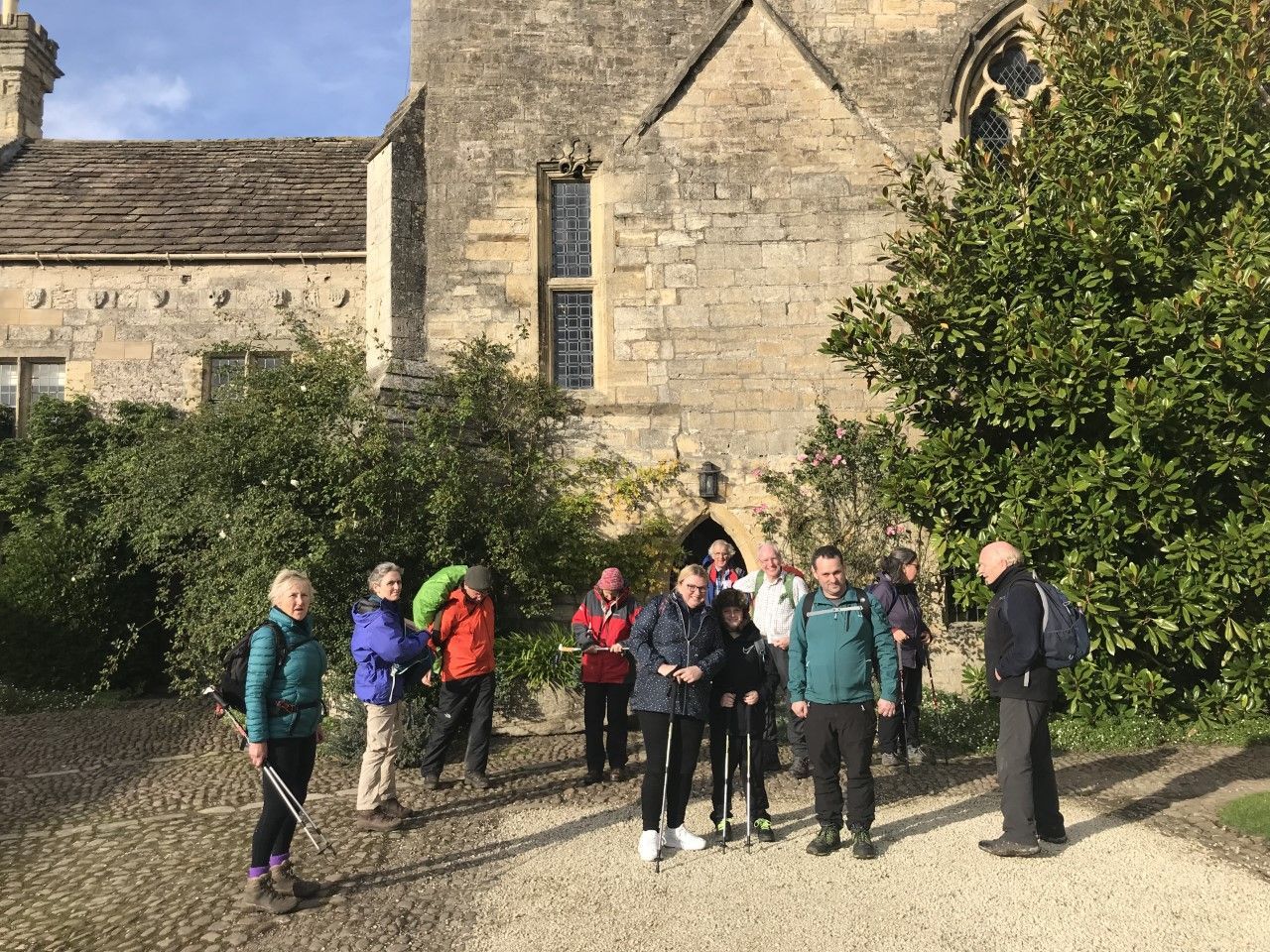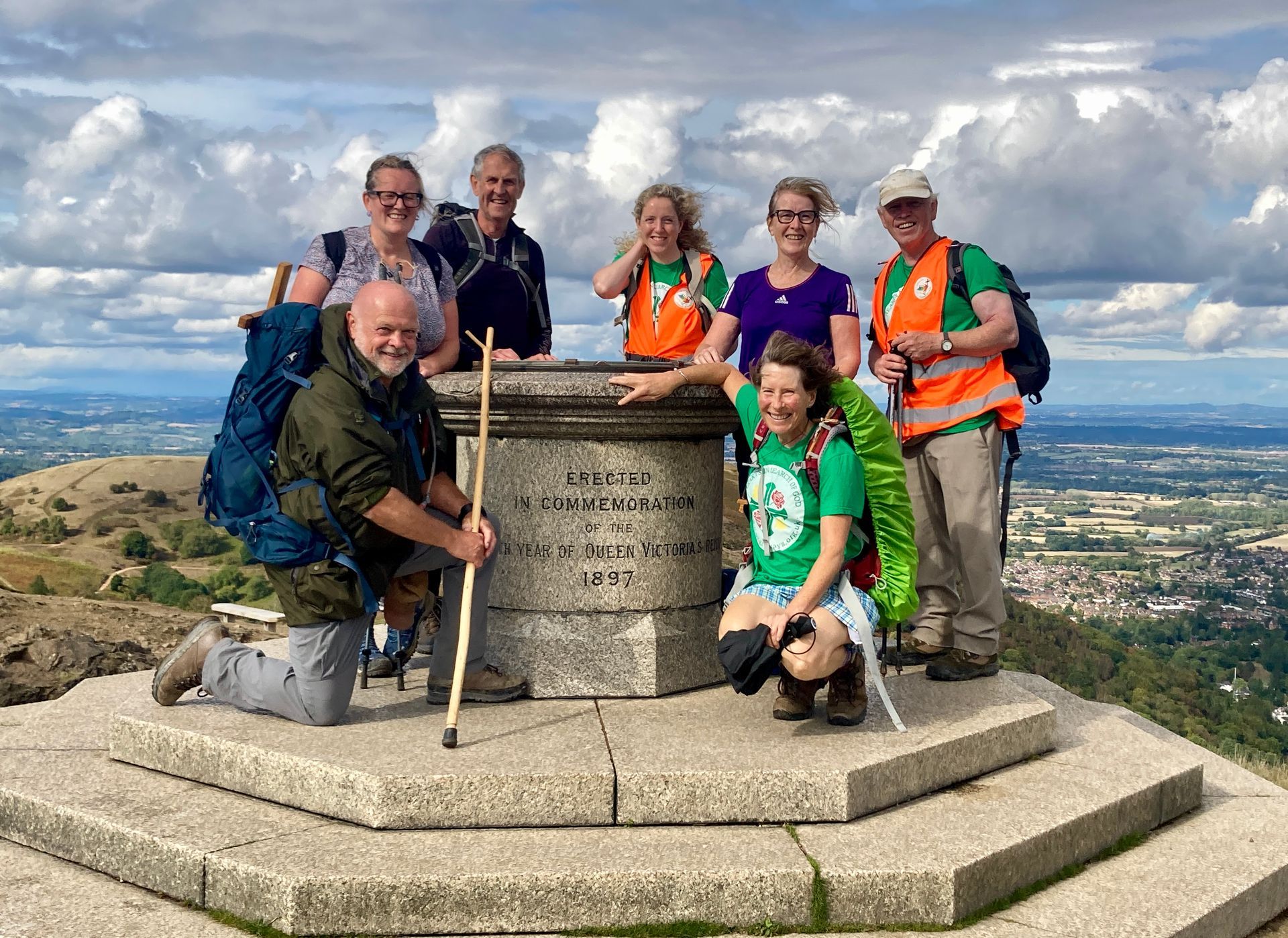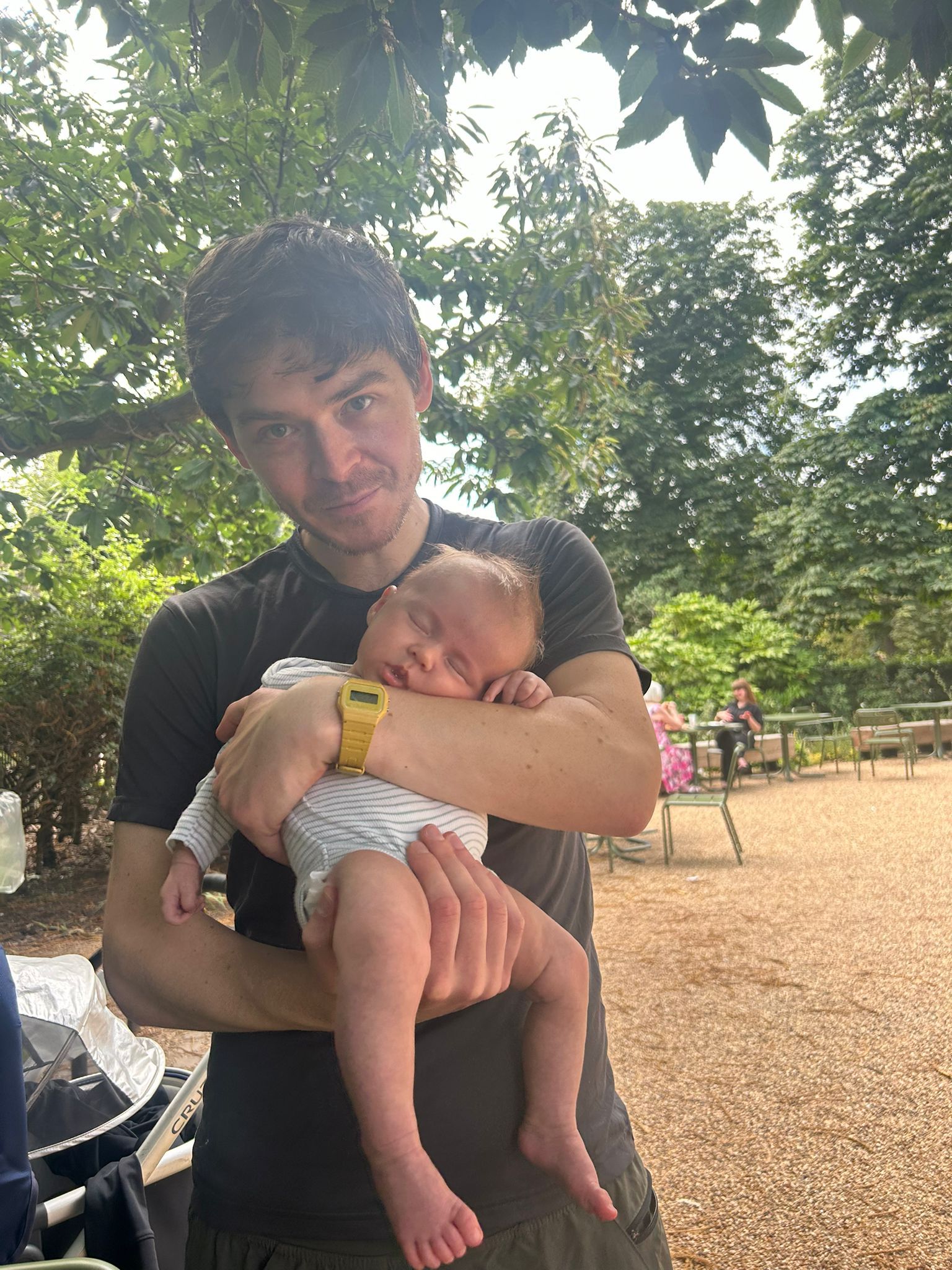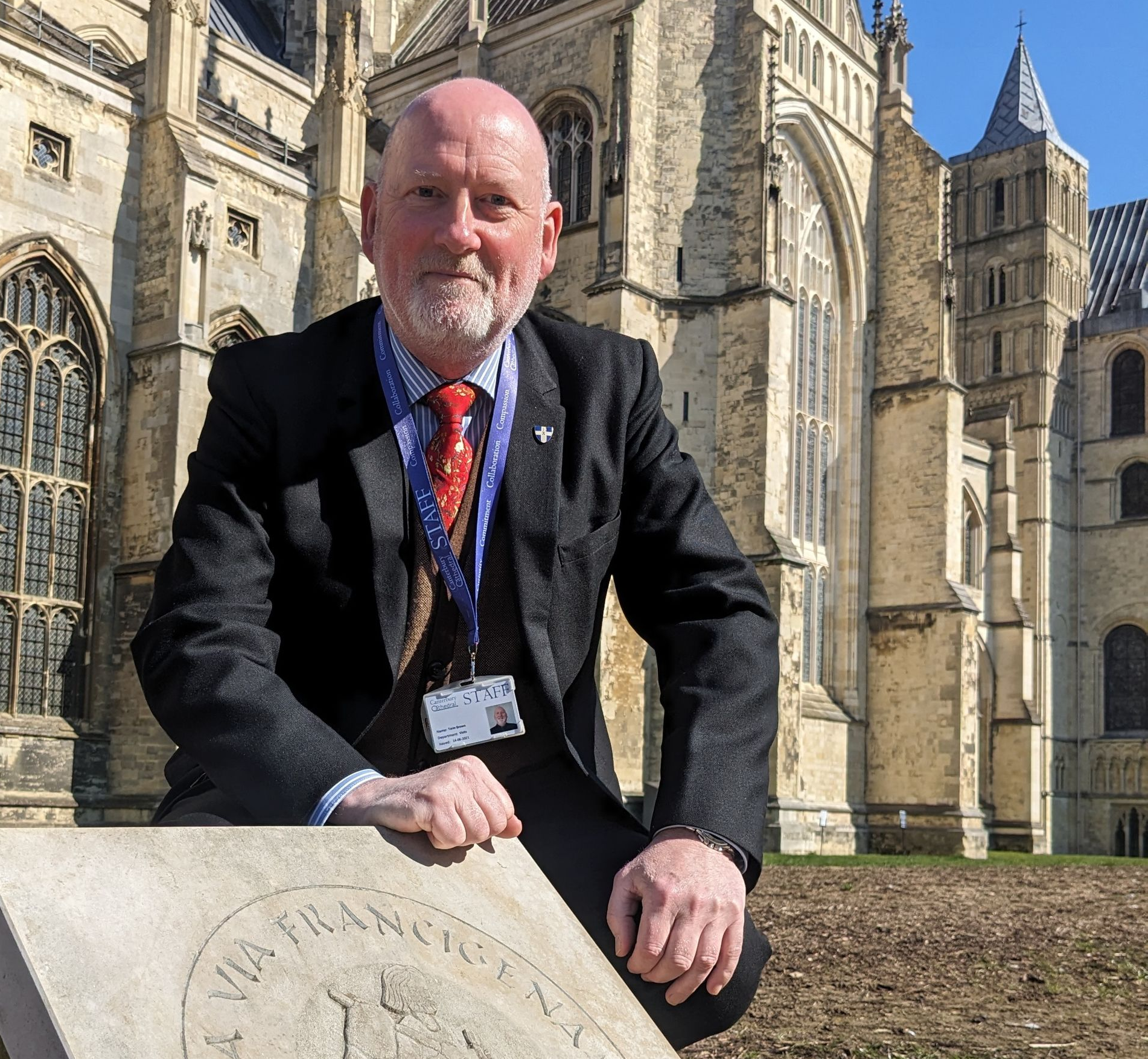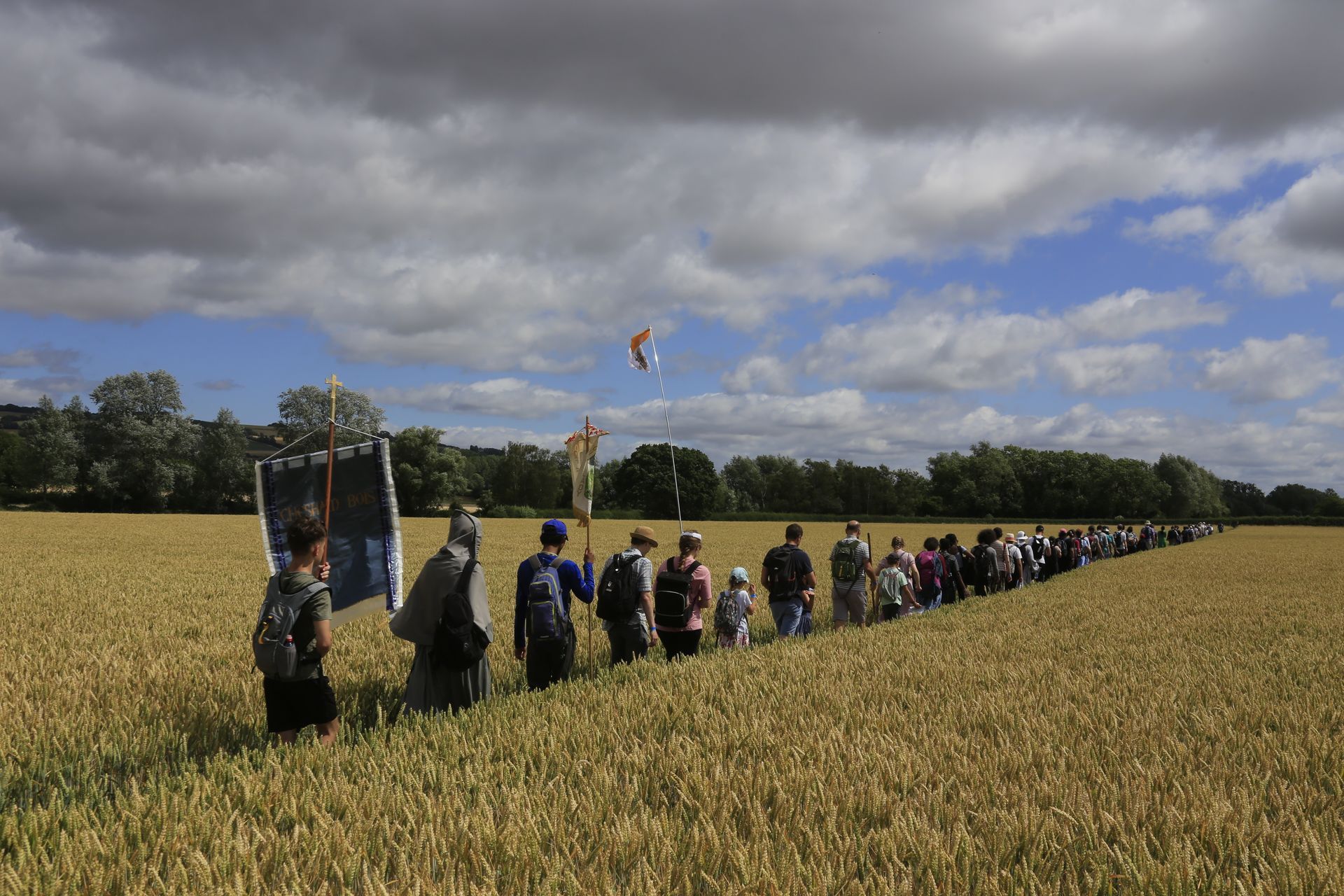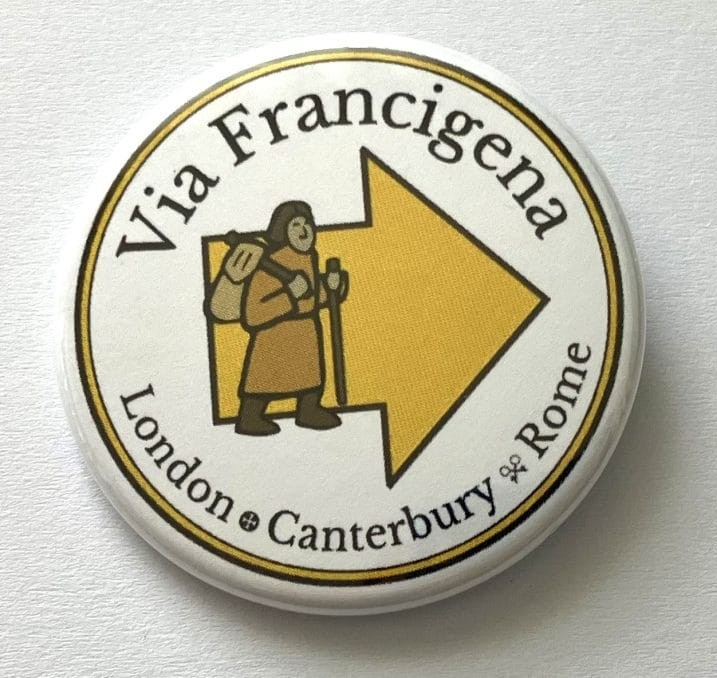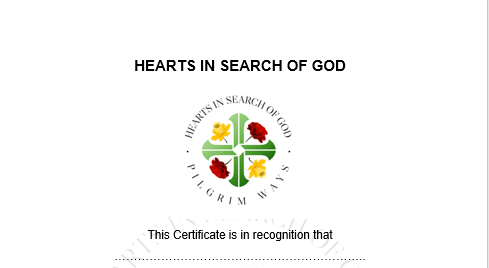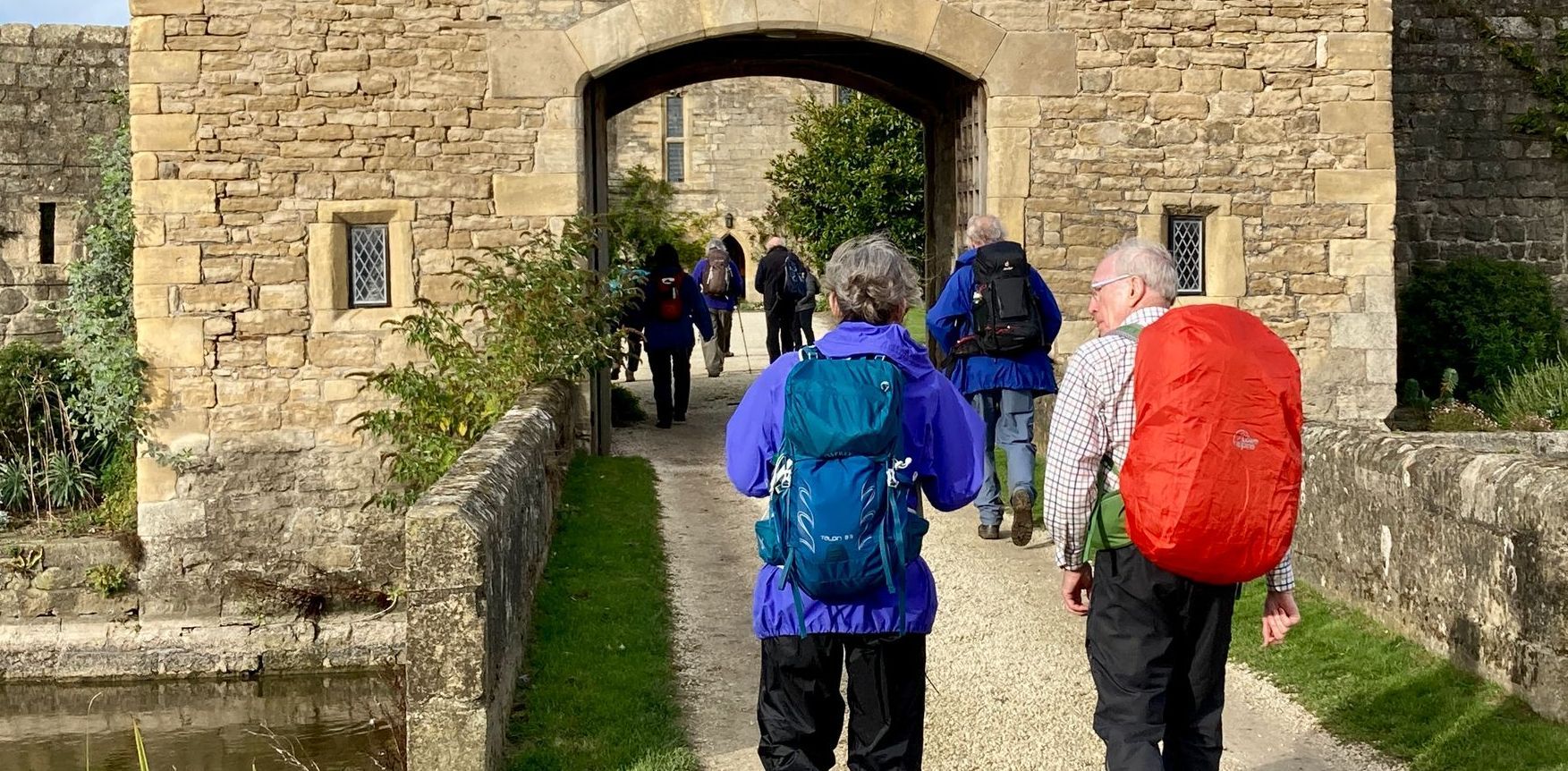Buried Treasure
This is what Yahweh asks of you, only this: that you act justly, that you love tenderly, that you walk humbly with your God.
Micah 6:8 informed the activities of a small charity, the Movement for Faith and Justice Today, based at 1B Sydenham Road in central Bristol from 1995 to 2010. Living at 1B in the summer of 2006, I happened to be making heavy work of giving up smoking. I'd just finished praying a novena to St Rita of Cascia, patron saint of impossible cases, when Adrian, a housemate, told me about an incident in a nearby parish. A meeting of the St Vincent de Paul Society was being organised, and someone needed to contact the parish sister. When they tried her mobile phone, one of the digits was wrong. But the person on the other end said they knew 'Sr Mary', as she was their child's godmother, and gave the caller the correct number. It was a God-incidence, and it partly inspired me to successfully kick my habit.
In those days I felt St Patrick was probably originally from Portishead. This belief was unsupported by any evidence, but the general idea wasn't bad. Formidably exhaustive recent scholarship suggests he very likely did come from somewhere near one of the seaside resorts on the Bristol Channel coast. It's no longer safe to assume that attempts to identify his home turf are like pinning the tail on the donkey.
That isn't to pretend that a thick crust of folklore and mythology hasn't attached itself to Patrick over the centuries. Yet some people might be surprised to learn that modern historians freely accept the authenticity of his two surviving written works. The autobiographical Confessio and the Letter to the soldiers of Coroticus tick all the right boxes in the way they've come down to us, as well as in terms of their style and overall narrative coherence. Crucially, they are also fully in tune with known contemporary events. In other words, they contain everything one could hope to find in the mid-fifth century writings of a successful missionary Bishop of Ireland. According to the Confessio:
"My name is Patrick. I am a sinner, a simple country person, and the least of all believers. I am looked down upon by many. My father was Calpornius. He was a deacon; his father was Potitus, a priest, who lived at Bannavem Taburniae. His home was near there, and that is where I was taken prisoner. I was about sixteen at the time... I was taken into captivity in Ireland, along with thousands of others."
Developing a hypothesis first put forward by author James Hunt in the 1960s, Harry Jelley made the case for Banwell near Weston-Super-Mare. Careful examination of the placename occupies a sizeable chunk of his 1998 book, 'Saint Patrick's Somerset Birthplace'. Jelley also noted that the correct venue had to be in an area of recognised villa settlement and susceptible to seaborne raiding from the west.
Independently, Professor Andrew Breeze catalogued his own reasons 'to locate the villula of Calpornius on the plain north-west of the Mendips in the vicinity of Banwell'. His paper 'St Patrick's Birthplace' was published by the Welsh Journal of Religious History in 2008. After restating his core argument in the English Historical Review in 2013, Breeze appears to have discovered Harry Jelley's work. 'Somerset, Bannaventa Tabernae, and the Dates of St Patrick' appeared in the peer-reviewed Journal for Late Antique Religion and Culture in 2023. The following extract from the opening paragraph is remarkable for its lack of equivocation.
"When so much on St Patrick is uncertain, it is good to say that one problem is now solved. The local historian Harry Jelley in the 1990s analysed the famous (and notorious) phrase at the beginning of Patrick's Confessio, where he describes his father, 'qui fuit vico Bannavem Taburniae, villulam enim prope habuit, ubi ego capturam dedi': in English: 'who lived at Bannaventa Tabernae, because he had a small estate nearby, where I was taken prisoner.' Jelley identified the saint's home of (emended) Bannaventa Tabernae ('marketplace by a hill and with an inn') as Banwell, a village near Weston-Super-Mare, North Somerset. He later set out the case in a book. The upshot is clear. Patrick came from a prosperous and thoroughly Romanized part of Britain. It had many villas and was close to the civilized amenities of Bath."
Having read Prof Breeze's article online earlier this year, I had the idea of making a pilgrimage to Banwell. My plan would be to take a train on Monday 17th March from Bristol to Weston-Super-Mare. Adrian had moved to Weston a few years before, so we agreed to meet up at Corpus Christi RC Church for mid-morning Mass; though soon afterwards he had to cancel, as his cousin was coming for a rare visit that day. All was not lost however. On Sunday 16th he suggested we meet up in the afternoon, to make what in 2006 we would have called an SVP visit.
The surname of Corpus Christi's parish priest is uncannily similar to the real name of Yate-born fresco-sprayer Banksy, whose work is derived from that of Parisian artist 'Blek le Rat'. In his homily for St Patrick's Day, Canon Tom Gunning quoted a passage in the Confessio:
“...before I was brought low, I was like a stone lying deep in the mud. Then He who is powerful came and in His mercy pulled me out, and lifted me up and placed me on the very top of the wall.”
On the seafront a stone's throw from Corpus Christi is a theme park called 'Pirate Adventureland'. And not many stepping stones in the other direction, a private residence I passed had a row of perennially nodding little figurines in the window, including an Irish leprechaun. Chintzy old stereotypes like these have contributed perhaps to the climate in which it was once said that '...in Patrician studies, no stone has been left unthrown'. Moreover that remark was reportedly made as long ago as 1961. In 1998, Jelley's theory was greeted by a headline in the Glasgow Herald that was jagged and projectile-like in the extreme. 'St Patrick was English, claims author'. No one says Patrick was English. He was Romano-British; or in the patois of the first Angles and Saxons who settled areas remote from Somerset, decades after Patrick was born, Welsh. Incidentally though, since he established the authority of Rome in a land hitherto untouched by imperial rule, it's hard to think of anyone more deserving of the honorific title 'Last of the Romans'.
Another sight on my walk inland was the forlorn-looking hulk of the passenger ferry 'Bristol Queen', built in Dumbarton on the Clyde in 1938. In 2008 Professor Breeze looked at the contention that Patrick was from the same part of the world. Efforts to make the evidence fit this credo are hampered by the fact that north and north-western Britain were military zones, all but devoid of Roman villas. Patrick also tells us his father was a decurion; a type of town councillor for which no one had any use north of Hadrian's Wall. Furthermore, the relative tranquillity of Patrick's native environment is highlighted in the observation that "despite the chaos of Britain about the year 400, Patrick returned home years later to find his family still there."
Getting lost on the way out of Weston, I didn't reach Banwell until 2pm. In St Andrew's Church I prayed to St Patrick before climbing Wint Hill, where the site of a Roman villa was indicated on a map in my copy of Harry Jelley's book. But I'd been told it was on private land. All I could apparently do therefore was hold my camera above the level of the hedge and try to get one or two lopsided photos. It was then I noticed a gentleman standing on the other side of a nearby wall. Asking him about the villa, he pointed me to a patch of ground in the field where he'd just been walking his dog. I could tramp around among bits of half-submerged masonry, easy to imagine as remnants of late Roman building work.
There was little time for much else. At 3.15 I caught the bus back to Weston train station, where Adrian was waiting. In his car we discussed other things, as I intended to save the explanation of my Banwell pilgrimage until we'd reached our mutual friend in Bristol. And that was quite interesting. When I showed them the book I had with me, Adrian said that Jelley was his cousin's maiden name.
James Bruce is a pilgrim and writer who raises funds and awareness for school-feeding charity Mary's Meals: http://www.marysmeals.org.uk
